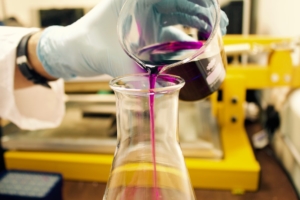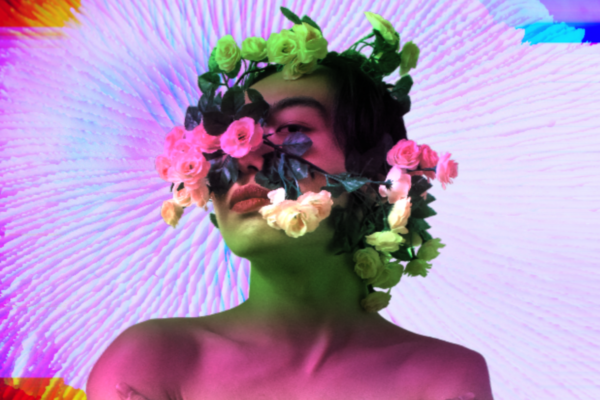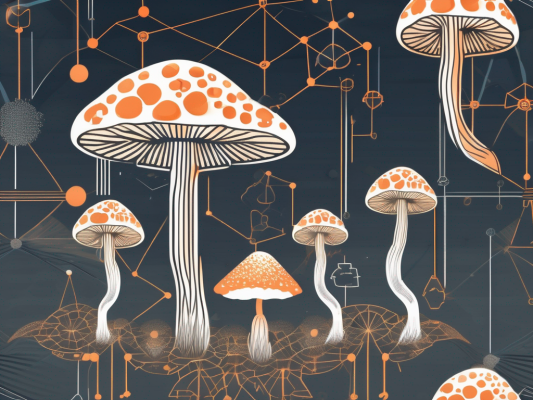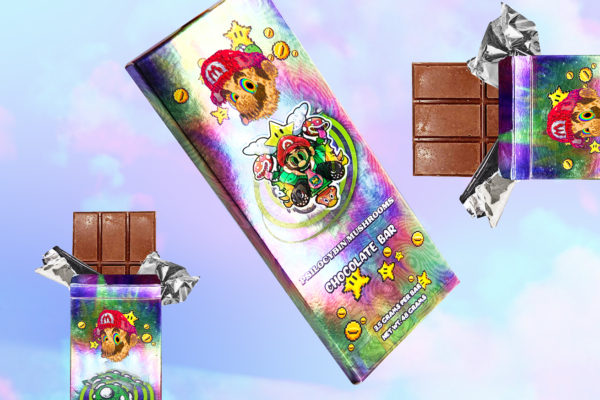
About 1 in 12 men and 1 in 200 women have some sort of color vision deficiency, according to the National Health Service. In other words, they have difficulty distinguishing between shades of red, yellow, and green, and some can’t see any color at all, just shades of black and white. Color blindness is a genetic condition that doesn’t get any better or worse over time, and there is no treatment or cure.
But a new report published in the journal Drug Science, Policy and Law has found that some people who used psychedelics recreationally were able to see and discern colors they hadn’t been able to before. Even more surprising, some said they experienced these vision improvements long after taking psychedelics.
Psychedelics like LSD (lysergic acid diethylamide) and psilocybin (magic mushrooms) are known to cause intensified sensory experiences, such as seeing colors more brighter and vividly. Swiss chemist Albert Hofmann, who first synthesized LSD, described the visual experience this way:
“Kaleidoscopic, fantastic images surged in on me, alternating, variegated, opening and then closing themselves in circles and spirals, exploding in colored fountains, rearranging and hybridizing themselves in constant flux…”
Could psychedelics actually help the color blind see colors again? Researcher J.E.C. Anthony, with the University of Cambridge in the U.K., and colleagues, decided to find out. They analyzed responses to the 2017 edition of the Global Drugs Survey, a large-scale drug study conducted annually, that specifically asked color-blind individuals whether their vision had changed after taking a psychedelic.
A total of 47 survey respondents reported having some form of color vision deficiency. Roughly half (23) said they did experience improvements with their color blindness after taking psychedelics while the other half (24) said they did not. Those who did report improvements in color vision said those improvements persisted from three days to years after taking the medicine LSD and psilocybin were most often used by those surveyed, however other psychedelics were reported as well.
What caused these changes? Psychedelics are known to activate the 5-HT2A serotonin receptor, which promotes neural plasticity. This process enables the brain’s networks to make new connections through growth and reorganization. “Psychedelics may facilitate the experience of an expanded spectrum of colors,” the researchers suggested. “In the excited psychedelic state, new communication between cortical regions may link new photisms to pre-existing concepts of colors, thus facilitating a new color experience and improving color blindness.”
While the data is intriguing, researchers said the concept should be further investigated, possibly through more detailed surveys that specify which types of color blindness respondents have and what kind of improvements they experienced after taking the hallucinogens.





